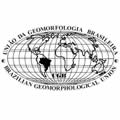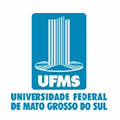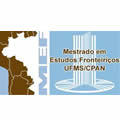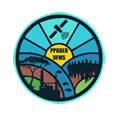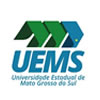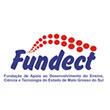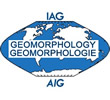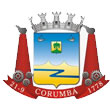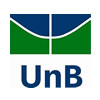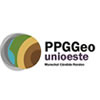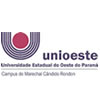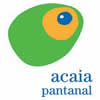Autores
- LEONARDO JUNIUS CHAPETA SANTOSUNIVERSIDADE FEDERAL FLUMINENSEEmail: santosleonardo@id.uff.br
- EDUARDO THOMAZ DE AQUINO RIBEIROUNIVERSIDADE FEDERAL FLUMINENSEEmail: eduardo_aquino@id.uff.br
- ALEXANDRE ALCÁZAR PLÁCIDO TEIXEIRAUNIVERSIDADE FEDERAL FLUMINENSEEmail: alexandrealcazar@id.uff.br
- JOÃO RÉGIS SANTOS FILHOUNIVERSIDADE FEDERAL FLUMINENSEEmail: joaoregis@id.uff.br
- ALBERTO GARCIA DE FIGUEIREDO JR.UNIVERSIDADE FEDERAL FLUMINENSEEmail: afigueiredo@id.uff.br
- JULIANE CASTRO CARNEIROUNIVERSIDADE FEDERAL FLUMINENSEEmail: julianecastrocarneiro@gmail.com
- ALLAN SOARES RAMALHOUNIVERSIDADE FEDERAL FLUMINENSEEmail: allansoares@id.uff.br
Resumo
Continental shelves are relevant physiographic environments because it acts as a
transition zone between oceanic and continental processes, being one of the
greatest repositories of present-day and relict morphodynamic processes over
space and time. This work aims to sectorize the seascape of the Santos Basin
shelf applying the Benthic Terrain Modeler (BTM) GIS tool resulting in a
comprehensive Digital Terrain Model (DTM) evaluation of the entire shelf. The
model is in line with results generated by sub-bottom profiler, sampling and
imaging surveys. We gathered 694,431 single-beam bathymetric data, interpolated
at the GIS by Inverse Distance Weight (IDW) method, and applied the BTM
processing. The BTM considers factors such as broad-scale and fine-scale BPI
(Benthic Positioning Index), seafloor slope, roughness, and a classification
table containing appropriate parameters and limits for seascape zoning. As
significant results, we identified eight benthic structures: elevations,
depressions, flats, gentle slopes, shelf break, crests and shoals, upper slope
and valleys; related to present-day oceanographic processes (waves and
currents), and relic bottom-forms formed during lower sea-level conditions. In
addition, this work reveals the connection between the seabed morphology and the
living or ancient benthic habitats, such as carbonatic pavements of rhodolith
bottoms or coalescent calcareous algae. The analysis of the seabed features
diversity on the studied shelf highlights its relevance in understanding coastal
evolution during the Quaternary. Besides, it contributes to better management of
coastal and marine resources regarding habitats, benthic structures, and marine
protected areas.
Palavras chaves
Santos Basin ; Continental Shelf; Benthic Terrain Modeler

